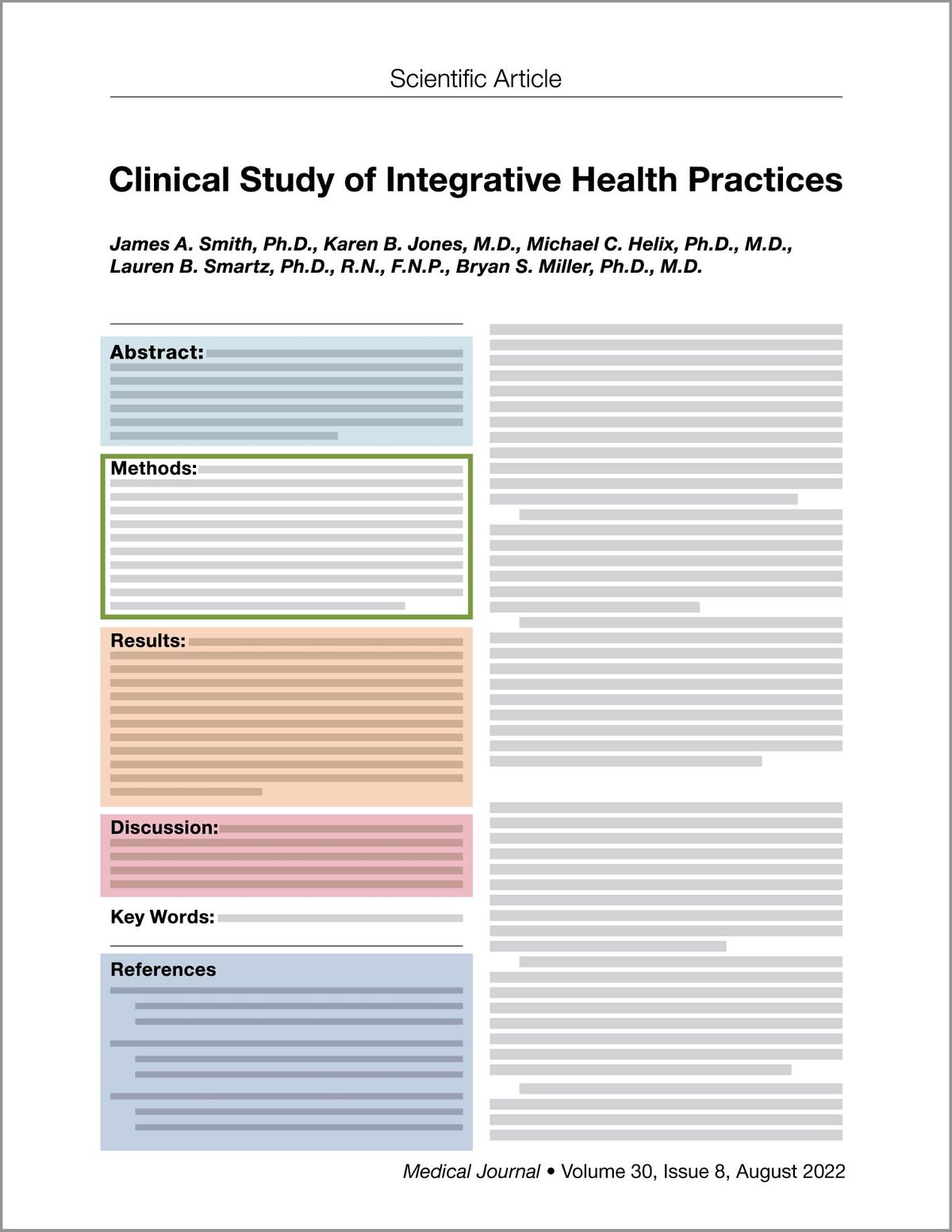Know the Science: How To Make Sense of a Scientific Journal Article

Click on one of the highlighted areas to learn more
Methods
Minimizing Bias
It can be surprisingly difficult to avoid bias in clinical trials. If either patients or investigators know which treatment a patient received, it may affect their impression of whether the patient improved—no matter how hard they try to avoid it.
Tip: It’s important to look for what steps were taken to minimize bias. Look at the study’s design to see if the trial was “blinded” or “masked” so that neither the participants nor the investigators knew who was receiving which treatment.